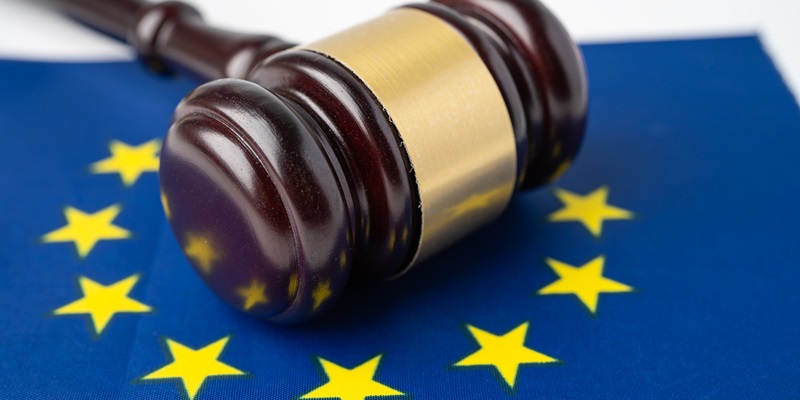In a major development, European Union lawmakers have reached a political deal on what is being touted as the world’s first comprehensive law for regulating artificial intelligence (AI). Central to this deal is the confirmation that the European Commission will possess the power to adapt the pan-EU AI rulebook to stay abreast of the rapid advancements in this cutting-edge field.
Future-proofing the Law
Lawmakers have made a strategic choice in the terminology used to regulate the most powerful models driving the current boom in generative AI tools. The EU Act refers to these models as “general-purpose” AI models and systems, aiming to future-proof the incoming law. By avoiding the use of industry-specific terms such as “foundational” or “frontier” models, the EU Act ensures flexibility and adaptability as the technology continues to evolve.
Tiered regulation
The deal agreed upon by the EU’s co-legislators establishes a tiered system for regulating general-purpose AI models (GPAIs). Two tiers have been created: a low-risk tier and a high-risk tier. The high-risk tier encompasses models behind the viral surge of generative AI tools like OpenAI’s ChatGPT. This tiered approach allows for tailored regulation based on the potential risks associated with different types of AI models.
Ongoing negotiations
While progress has been made in the political deal, negotiations are ongoing regarding the regulation of foundational AI models. These discussions are set to continue into a second day, with the stakeholders hoping to reach an agreement. The inclusion of foundational models within the regulatory framework is considered crucial to ensure comprehensive oversight of AI applications.
Evolving thresholds
The legislation establishes an initial threshold for AI regulation. However, it is important to note that this threshold is not set in stone. The Commission retains the power to update and adjust the threshold over time via implementing and delegating acts. This mechanism ensures that the regulatory framework remains agile and responsive to the dynamic nature of AI technology.
Regulatory requirements for high-risk GAPIs
General-purpose AI models falling within the high-risk tier will be subject to ex ante-style regulatory requirements to assess and mitigate potential systemic risks. By imposing stringent requirements on high-risk models, the regulations aim to prevent adverse impacts on society and ensure the responsible development and deployment of AI technologies.
Transparency and watermarking
The EU AI Act includes a watermarking requirement for general-purpose AI models. This provision, originally present in the April 2021 risk-based framework introduced by the Commission, focuses on transparency obligations for technologies like AI chatbots and deepfakes. The inclusion of watermarking ensures accountability and traceability in the use of AI models, enabling greater transparency for end-users.
Compliance with copyright rules
To ensure legal compliance, GPAI model makers must commit to respecting EU copyright rules, including existing provisions for machine-readable opt-out from text and data mining outlined in the EU Copyright Directive. By emphasizing adherence to copyright regulations, the legislation seeks to strike a balance between AI innovation and intellectual property rights.
AI Office and Scientific Advisory Panel
The EU AI Act will introduce an AI Office tasked with overseeing the implementation and regulation of AI within the European Union. The AI Office will collaborate with a new scientific advisory panel, which will provide invaluable insights and expertise to improve the understanding of advanced AI models and aid in the regulation of systemic risks. This combined effort will enable effective governance in the AI landscape.
Timeline for implementation
Although the EU AI Act is a significant step towards comprehensive AI regulation, its full force is not anticipated until sometime in 2026. Final votes in the Parliament and Council are required to affirm the final text before it comes into effect. This extended timeline allows for thorough evaluations and ensures that the legislation reflects the evolving AI landscape and considerations.
The political deal reached by European Union lawmakers on comprehensive AI regulation represents a momentous step forward. With provisions to adapt the AI rulebook over time, the law aims to keep pace with the fast-paced developments in this groundbreaking field. By introducing tiered regulation, transparency requirements, and compliance obligations, the legislation strikes a balance between fostering AI innovation and safeguarding against potential risks. The establishment of the AI Office and collaboration with a scientific advisory panel further enhance the regulatory framework’s efficiency and efficacy. As the EU AI Act progresses towards implementation, it brings the region closer to achieving responsible and accountable AI development and deployment.

